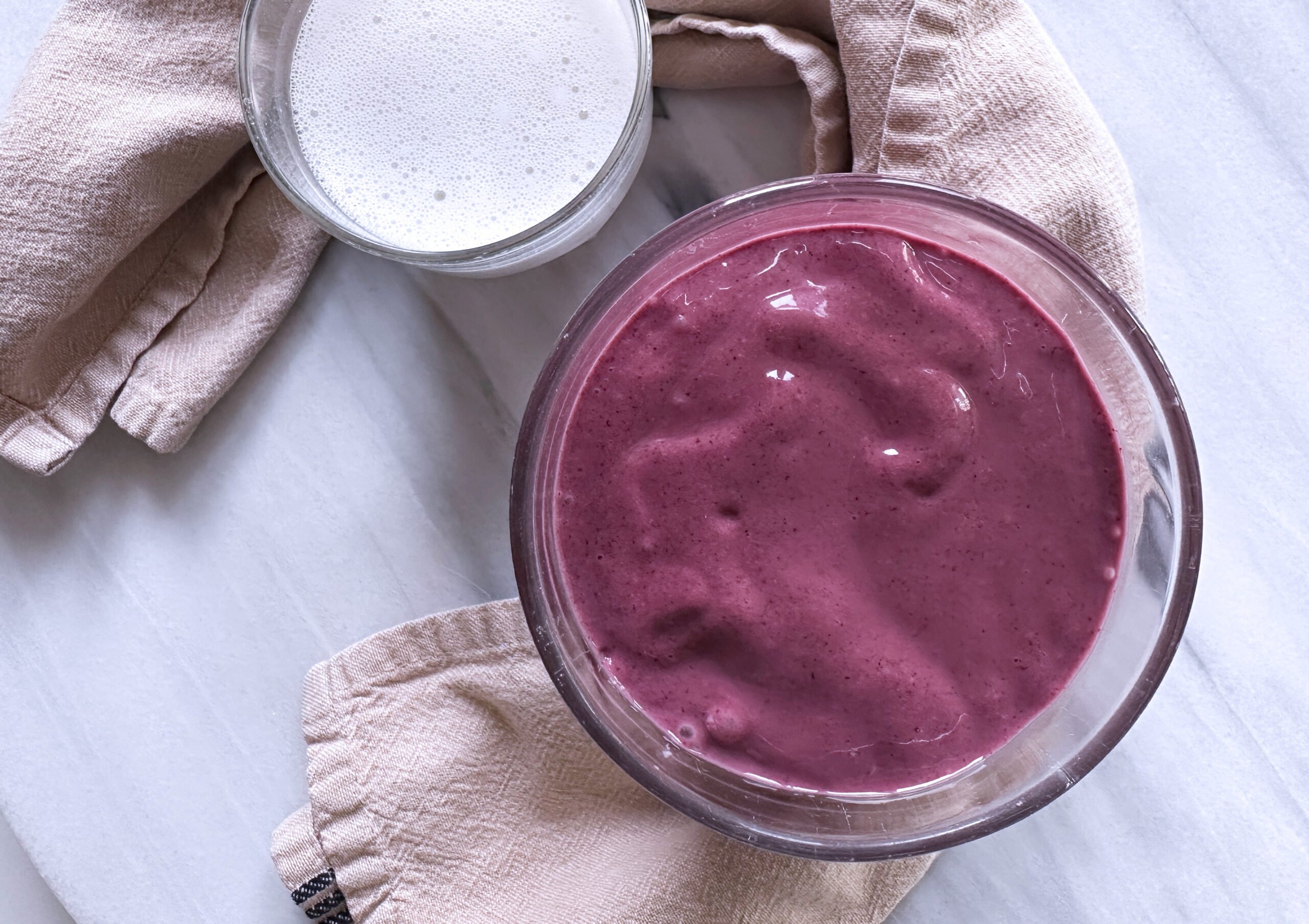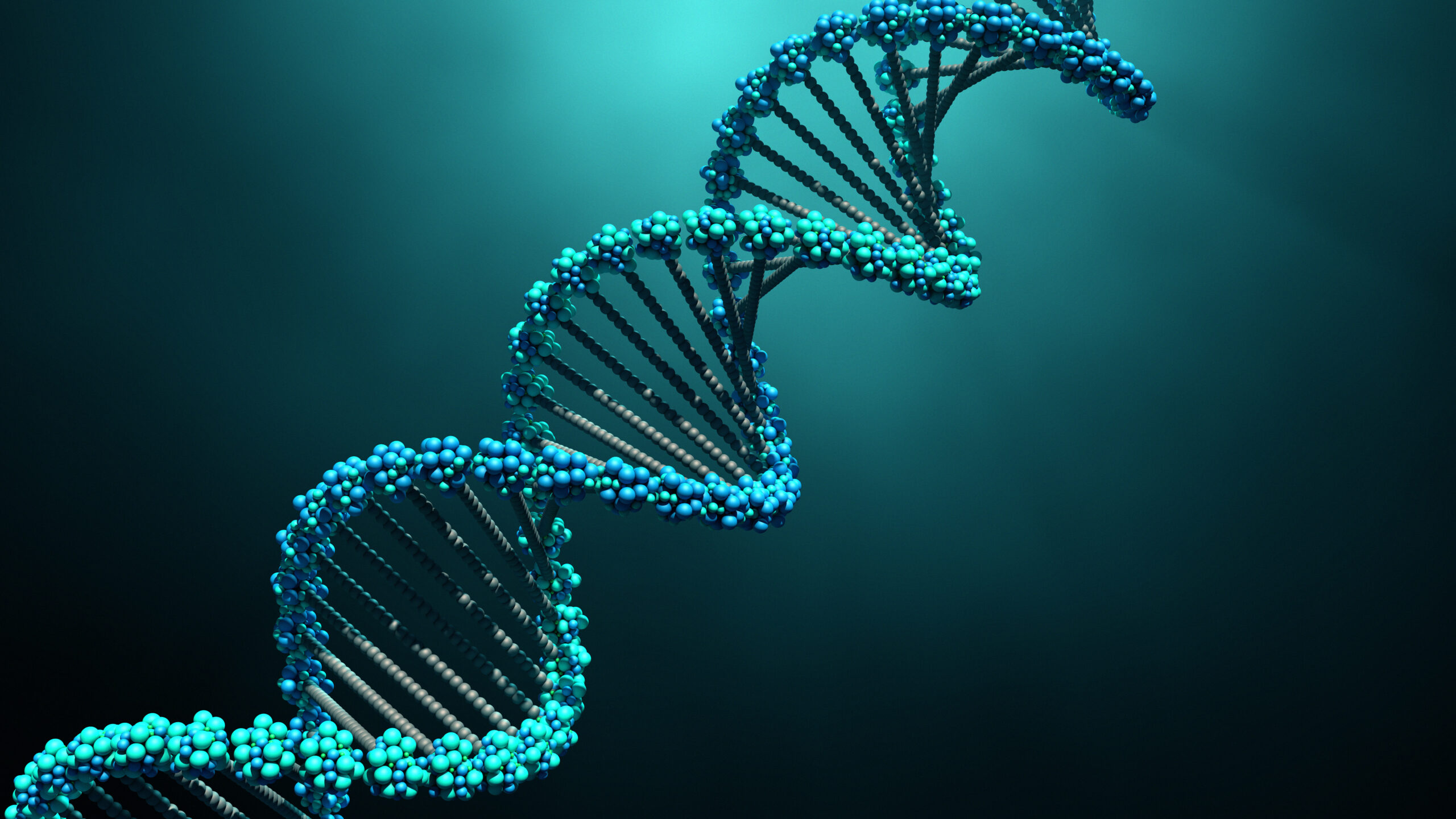What is estrogen dominance, and how do you know if you have it? In this article, we’re diving into the hormone imbalance that everyone seems to be talking about lately. You’ll learn what estrogen dominance is, the downsides to excess estrogen, and how to create estrogen hormone balance in your body.
What is estrogen?
Before we talk about estrogen dominance, we need to discuss what estrogen is! You can think of estrogen as the Queen Bee or leading lady of hormones. Estrogen is known for shaping our monthly hormonal cycle, but there’s a lot more to her than just shaping us into women, including:
- Stimulates cell growth
- Helps manufacture neurotransmitters
- Regulates stress response
- Helps produce melatonin
- Maintains skin and hair health
- Maintains bone health
- Controls cholesterol levels
- Maintains blood sugar levels
- Supports cognitive health and memory
- Controls inflammation
- Influences female body shape and development
- Prepares uterus for pregnancy
- Supports vaginal and urinary tract health
Estrogen Imbalance
Estrogen levels, whether too-high or too low, have been associated with increased PMS symptoms, hot flashes, breast tenderness, mood issues, endometriosis, uterine and breast cancers, and more. In another article, we dove into the symptoms of low estrogen and how to bring it back into balance.
TRUTH BOMB:
You’re
Already killing it!
If You Were More Consistent With Your Wellness Routine, You’d Be Unstoppable.
What is Estrogen Dominance?
Estrogen dominance isn’t just when estrogen dominates other sex hormones in amount. Here’s the thing, it’s normal for hormone levels to fluctuate throughout our monthly cycle. Estrogen dominance happens when estrogen levels remain too high for too long.
If you have chronic high estrogen levels, here are some symptoms/conditions you may be experiencing:
- Breast cysts, breast fullness, breast tenderness (even cyclic)
- Water retention
- Short menstrual cycles (less than 21 days)
- Mood swings
- Heavy periods
- Uterine fibers
- Depression, anxiety
- Endometriosis
- Hormonal migraines and headaches as natural estrogen drops
- Irregular vaginal bleeding
- Weight loss resistance or weight gain
- Cervical dysplasia
If estrogen levels are high for too long, some risks include:
- Endometrial Hyperplasia: high estrogen levels can lead to an overgrowth of the uterine lining, leading to abnormal bleeding
- Hypothyroidism: if chronic excess estrogen is at play, you may experience a decrease in the amount of thyroid hormones circulating
- Endometriosis: high estrogen levels can stimulate endometrial lesion growth that can trigger or worsen endometriosis
- Breast, ovarian, and endometrial cancers: unfortunately, research shows that unhealthy swings in estrogen, especially high estrogen, is linked to certain cancers like breast cancer
- Heart disease, stroke, clotting problems: high levels of estrogen has been associated with cardiovascular diseases
6 Causes of Estrogen Dominance
1 – Estrogen-Mimicking Hormones
This may come as a shock, but there are many endocrine-disrupting chemicals in our food and cosmetics. EDCs in conventional food and body care are the most significant contributors to estrogen dominance in the body.
Here’s the problem: these hormone mimickers are not only easily absorbed into the body, but they are actually found at much higher concentrations than our own naturally-manufactured hormones! This means that EDCs disrupt our hormone balance and hormone processes like metabolism and elimination of excess hormones.
2 – Estrogen-Containing Pharmaceuticals
Beyond modern-day food and cosmetics, modern-day medicine is also a culprit for high levels of estrogen. Estrogen-containing pharmaceuticals like the birth control pill and hormone replacement therapy (HRT) increase exposure to estrogen and estrogen-like chemicals.
For example, the birth control pill (which often has estrogen in it) interferes with our body’s naturally hormonal communication channels and makes it harder to eliminate excess estrogen that it’s given.
HRT is often used for menopausal women to increase estrogen levels. The problem is that the FDA recommends that HRT is used at the lowest amount for the shortest time possible to achieve a goal. When the FDA recommends something like that, it’s essential to take note.
3 – Sluggish Liver
Our liver is in charge of breaking down hormones to pass through the GI tract for elimination. When the liver is overburdened with toxins, it slows down and cannot eliminate excess hormones to the best of its ability. It’s important to support liver health, especially during spring. You can do this with bitter greens, wild blueberries, and herbs like cilantro.
4 – Poor Gut Health
You most likely have a sluggish liver if you have poor gut health. After nourishing your liver, it’s important to optimize gut health. Gut microbiome dysbiosis can cause slow gut elimination of estrogen, leading to estrogen dominance. One of the primary regulators of circulating estrogen is our gut! If gut health is impaired, you can have a hard time regulating and eliminating estrogen.
5 – Obesity
Carrying extra weight increases the amount of estrogen in the body. This is because our adipose tissue is also responsible for producing estrogen. A study looked at overweight and obese women and estrogen levels. The study found that losing an average of 16 pounds led to a 13.4% decrease in estrogen concentrations. That means that less adipose tissues = less estrogen.
6 – Low Fiber Diet
Fiber helps to bind to and eliminate excess estrogen for hormone balance. Some research shows that a high fiber diet decreases the risk for estrogen-positive breast cancer. Up your intake of fiber (my personal favorite is fresh flax seed!) daily to help restore healthy estrogen levels.
3 Ways to Fix Elevated Estrogen Naturally
Chronically elevated estrogen levels can be handled naturally. Here’s how:
1 – Reduce EDC burden
Reducing estrogen-mimicking chemicals as much as possible is the number one way to bring estrogen levels back to a healthy state. Here’s how:
- Ditch plastic. Opt for glass or paper products (no gloss)
- Switch from conventional chemical-laden body products and cosmetics to non-toxic alternatives
- Consume organic and hormone-free foods (pesticides and herbicides are huge culprits of xenoestrogens)
- Purchase BPA and BPS free cans when possible
- Avoid paper receipts coated in BPA (wash hands immediately after)
2 – Consume a Fiber-Rich, Hormone Health Diet
Beyond what you put on your body, what you put in your body matters. Eating for balanced estrogen levels can be easy and delicious.
Here’s what to focus on:
- Phytonutrient-rich foods to nourish your body and eliminate excess estrogen and toxins
- Include broccoli, kale, cauliflower, Brussel sprouts, leafy greens in the diet
- Fermented and probiotic-rich foods like coconut yogurt, kimchi, kombucha, sauerkraut, and miso
- Bitters like dandelion greens, radicchio, arugula, and endive
- Prioritize fiber-rich foods like freshly ground flax seeds
- Focus on healthy, hormone loving foods
- Supplement with magnesium and Vitamin B6 to help promote the breakdown of excess estrogen
Here’s what to avoid:
- Alcohol, not only wreaks habit on liver strength but also leads to excess estrogen
- Caffeine
- Conventional dairy (which contains antibiotics and hormones)
- Conventional meats
- PUFAs and unhealthy fats
3 – Reduce Stress
When we are stressed, especially for a long period of time, our bodies can withhold ovulation, which can lead to low progesterone and too much estrogen. Practice nervous system regulation with meditation, dancing, hot baths, exercise, sauna, journaling, getting outside, and more.
I hope this article has helped you understand what estrogen dominance is and how to support healthy estrogen levels. Let me know in the comments below 3 ways that you are going to support your estrogen levels.









1. Have more fresh flax seeds each day
2. Include broccoli, kale, cauliflower, Brussel sprouts, leafy greens in the diet & herbs like cilantro.
3. Ditch plastic.
Thanks for these ideas!